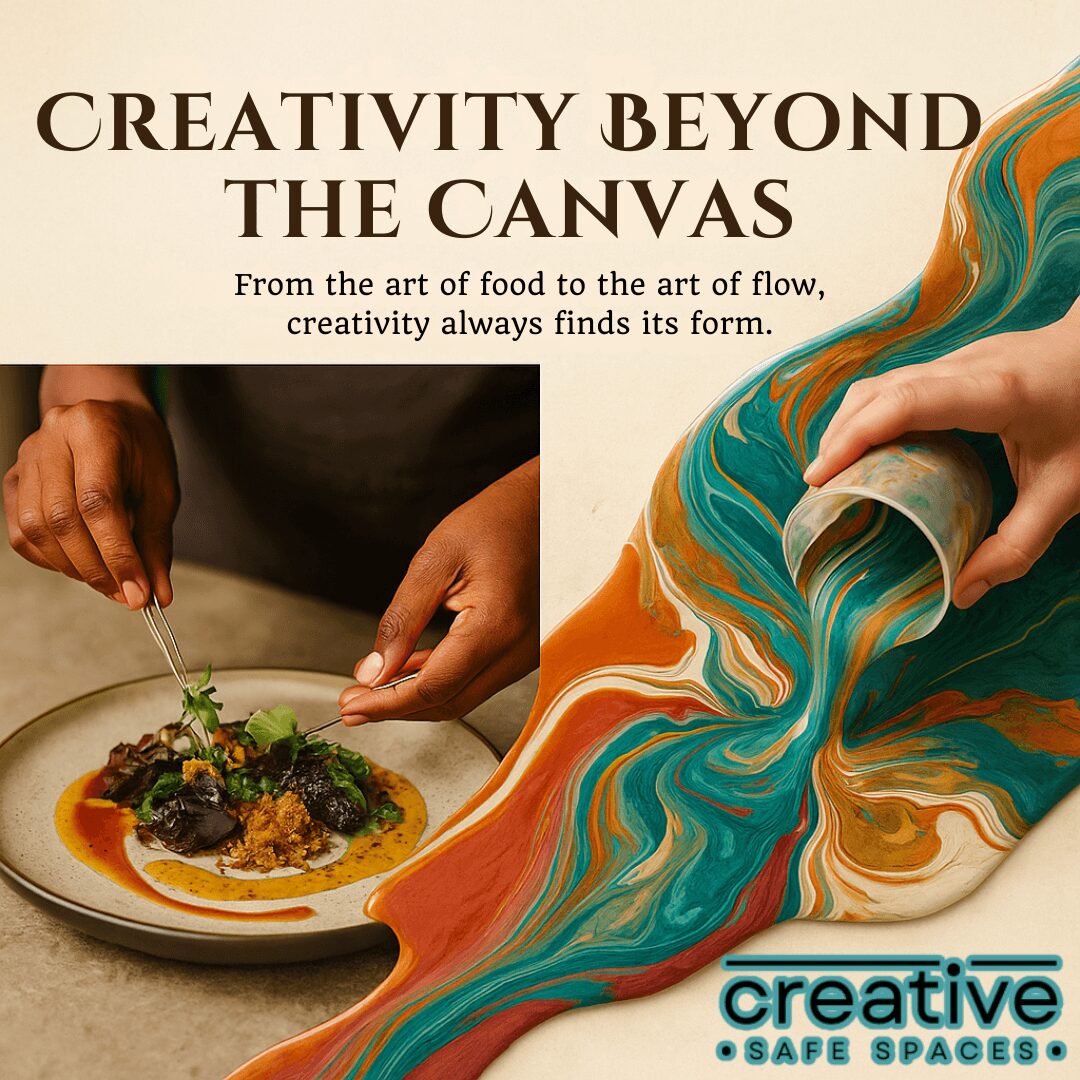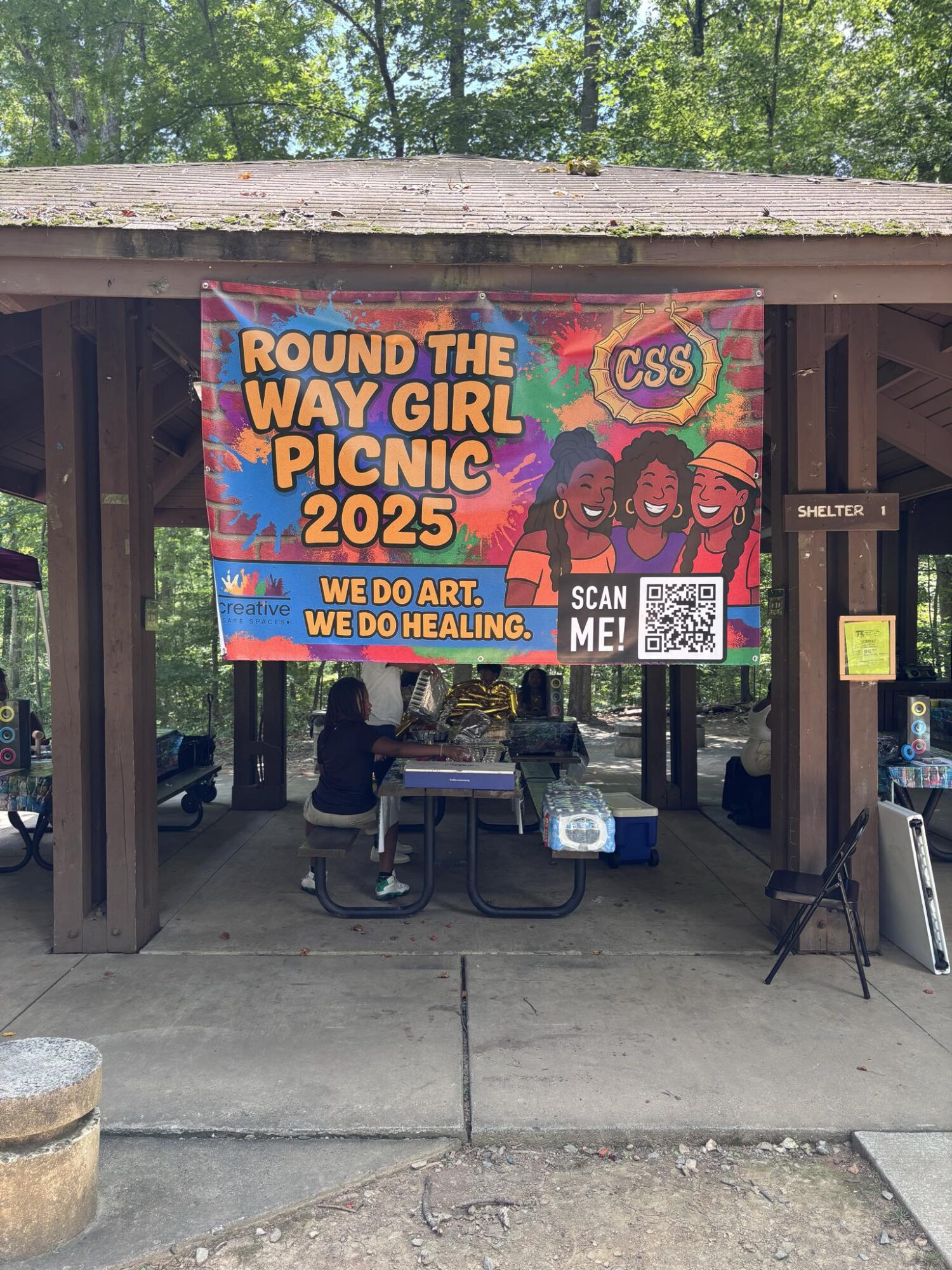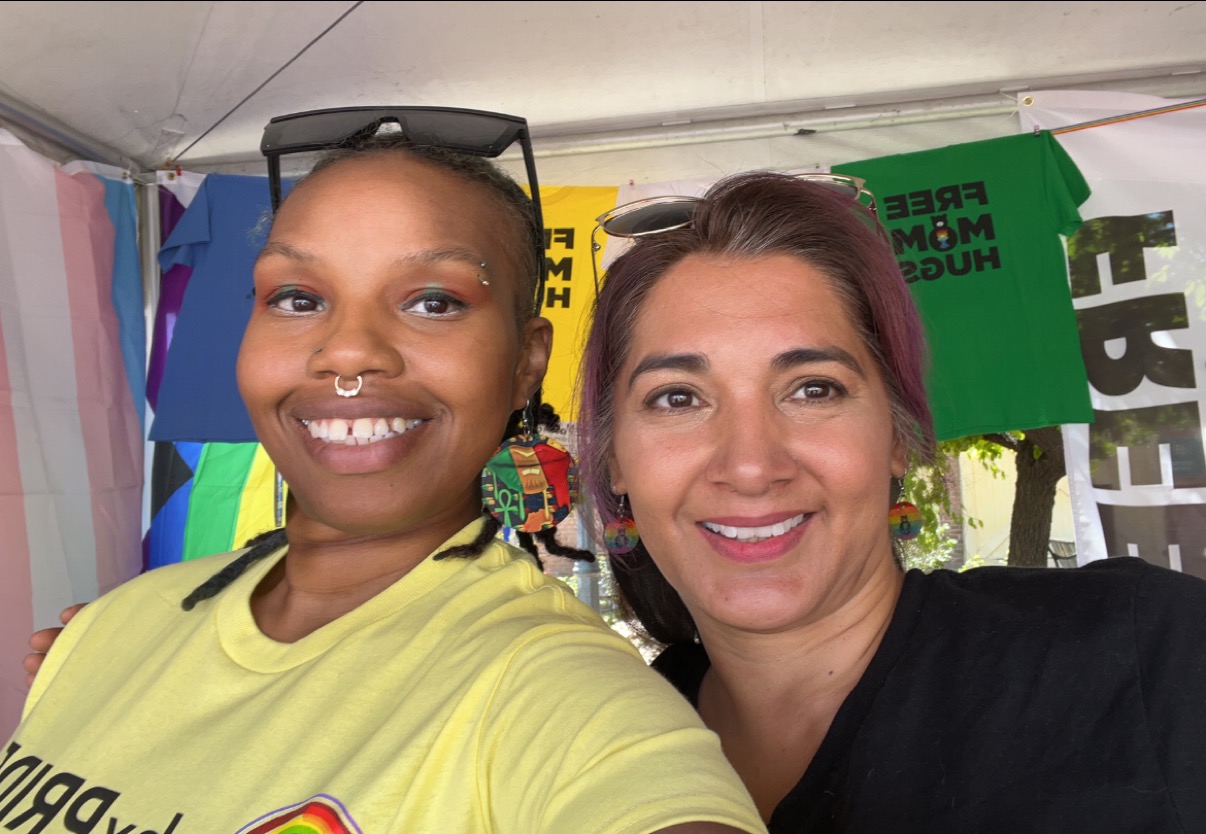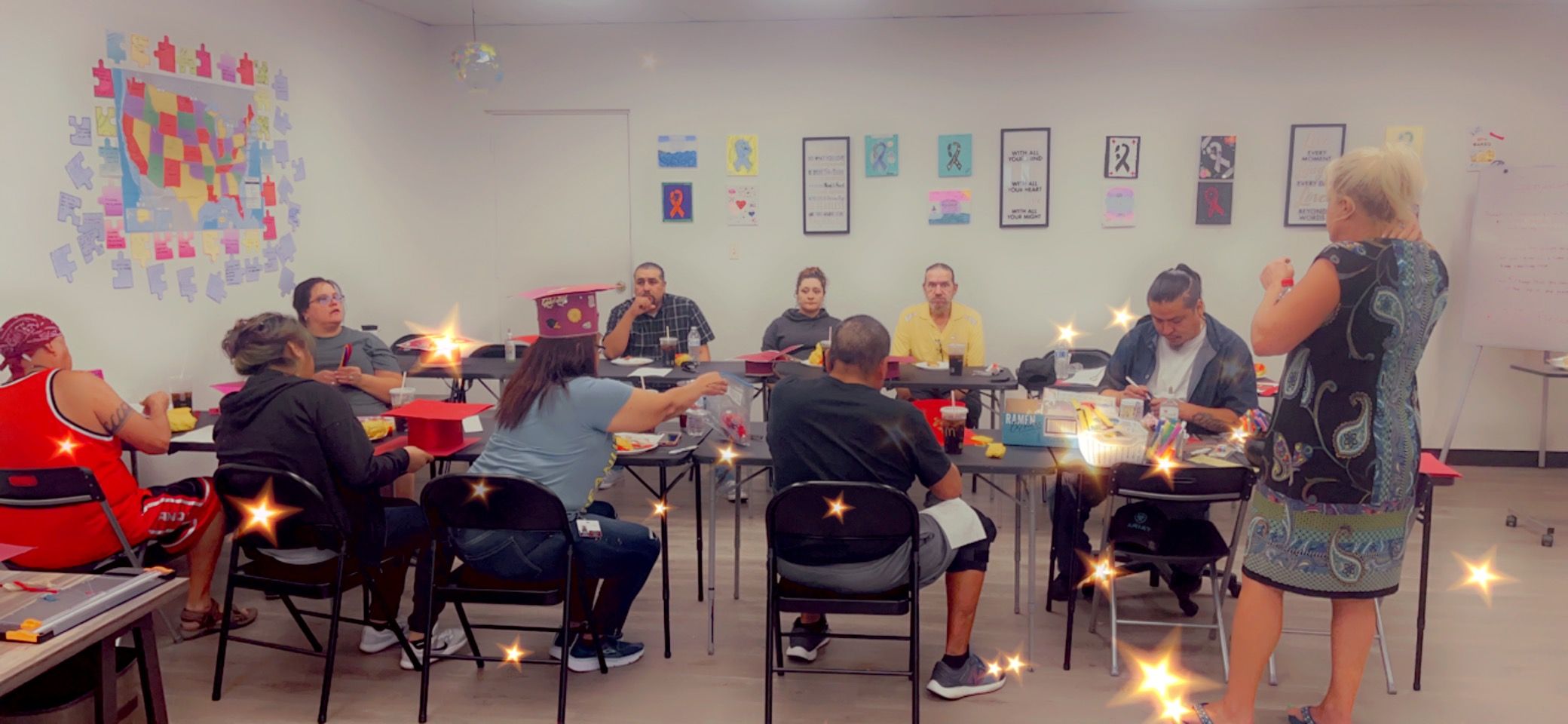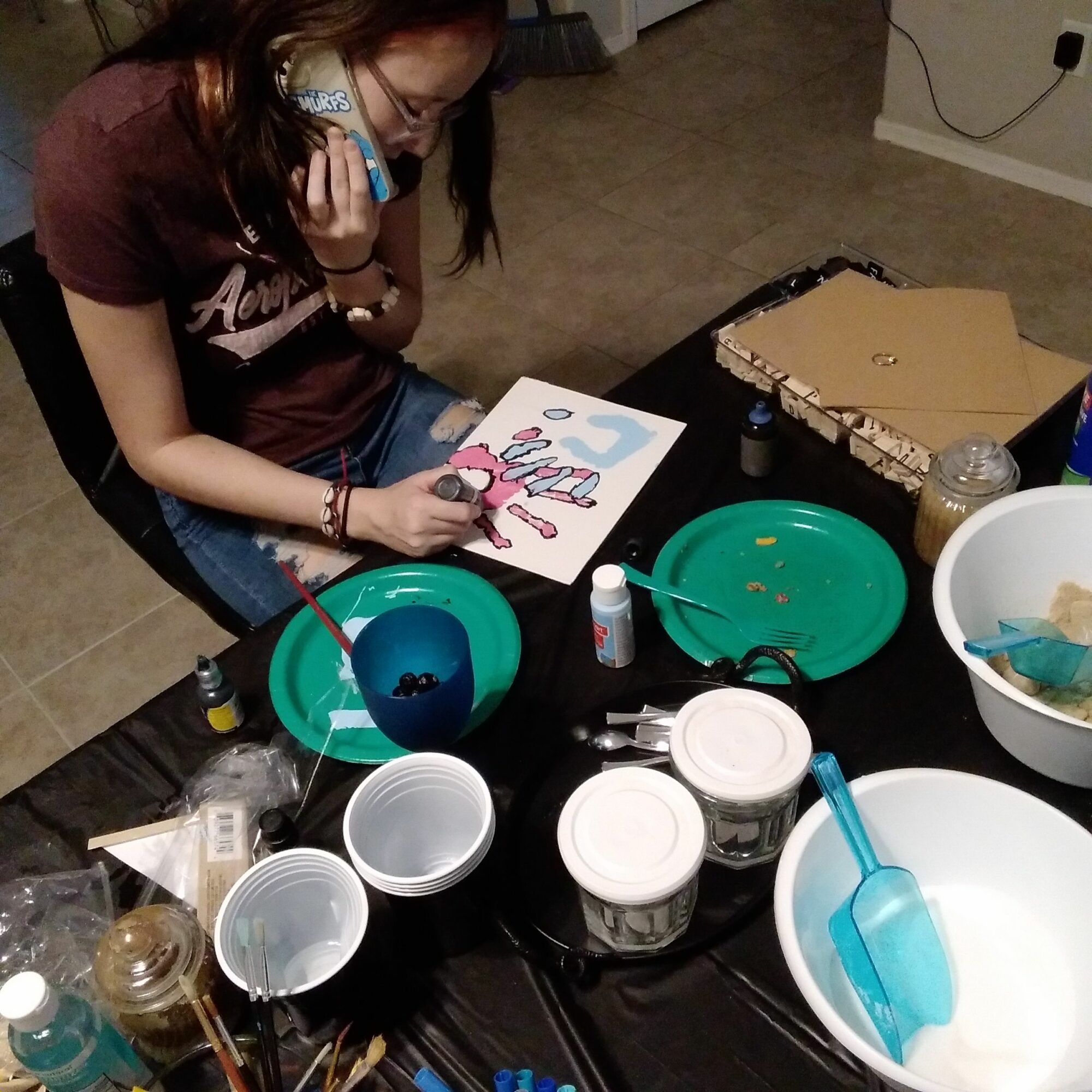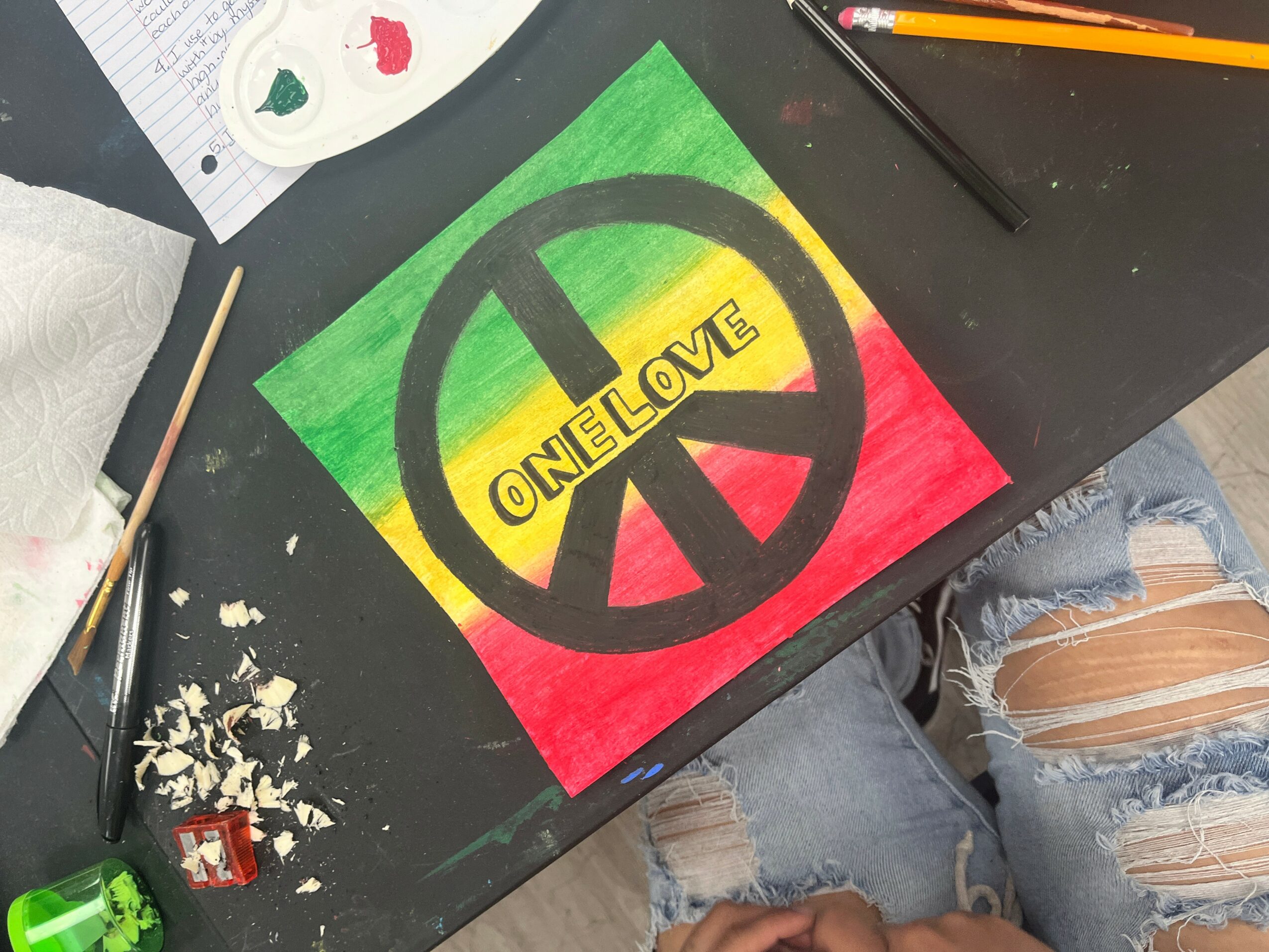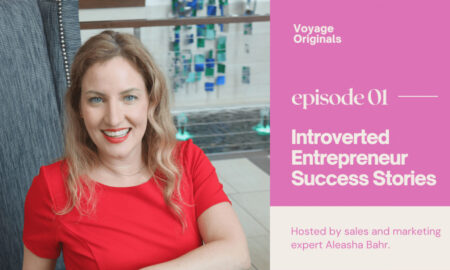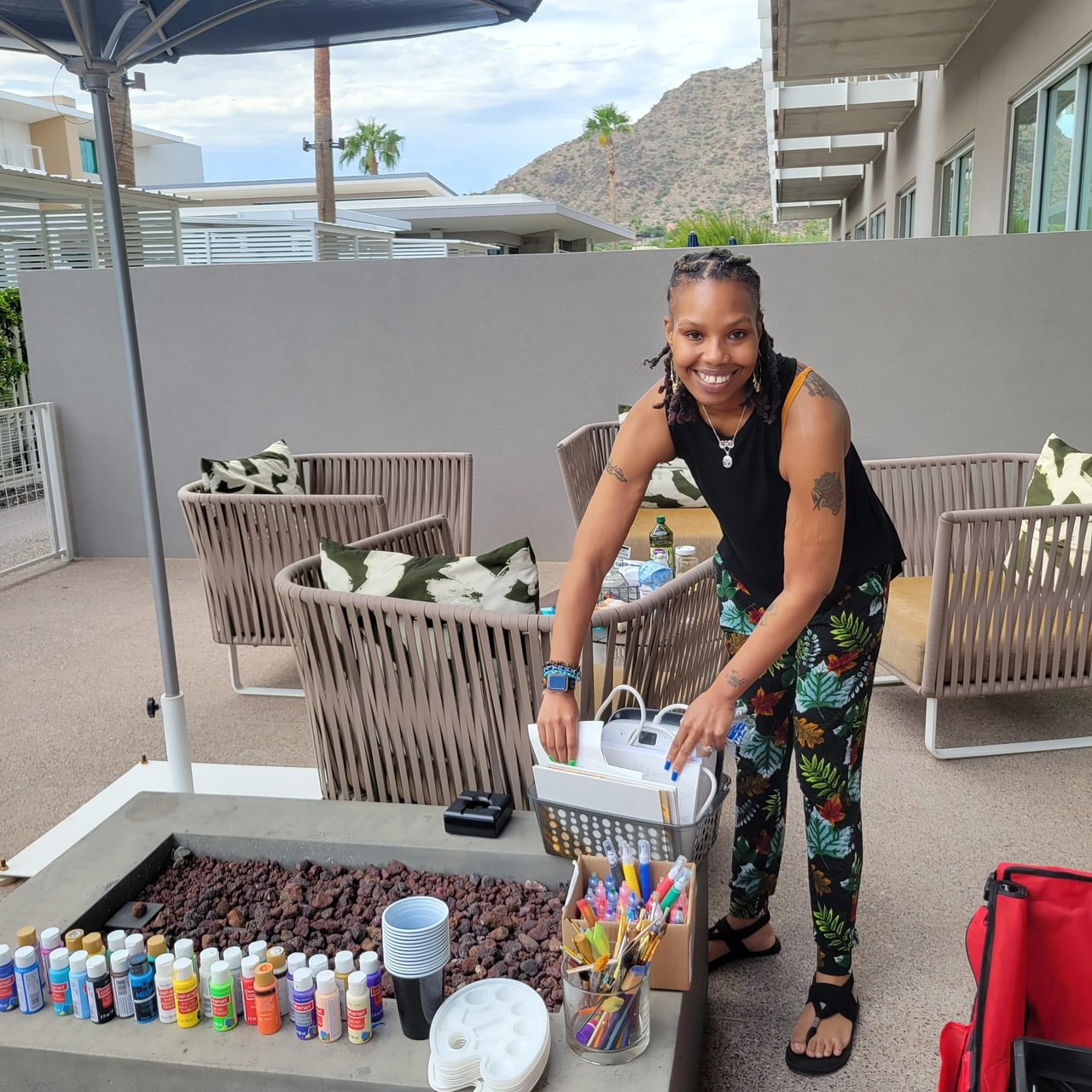

Tamika Bell shared their story and experiences with us recently and you can find our conversation below.
Hi Tamika, thank you so much for joining us today. We’re thrilled to learn more about your journey, values and what you are currently working on. Let’s start with an ice breaker: What do you think others are secretly struggling with—but never say?
What I believe so many people secretly struggle with, but rarely say out loud, is the exhaustion of constantly performing. Trying to focus on wellness, success, and togetherness while quietly unraveling beneath the surface. There is a silent weight that comes from always being “the strong one,” “the dependable one,” or “the creative one” — the one people turn to for answers, while inside they are asking themselves the same unspoken questions: Am I enough? Is there space for me to rest? Who sees me when I’m not performing?
In my work with Creative Safe Spaces, I’ve learned that this struggle hides in plain sight. It shows up in entrepreneurs smiling through burnout, mothers holding the world on their shoulders without ever exhaling, and professionals masking their anxiety or neurodivergence because they’re afraid transparency will cost them credibility. What people rarely admit is that they crave a room where they don’t have to curate their humanity — where they can be messy, brilliant, uncertain, and whole all at once.
That’s why we built Creative Safe Spaces — to meet that need head-on. Our mission is not to fix people but to give them permission to be human again. To remind them that authenticity is more sustainable than perfection. To guide them back to themselves when the world tells them to perform. I think the secret struggle isn’t weakness, it’s the loneliness of carrying it alone. And once that is named out loud, the healing can begin.
Can you briefly introduce yourself and share what makes you or your brand unique?
My name is Tamika Bell, and I am the founder of Creative Safe Spaces — a Black woman-owned movement that is building a creative holistic wellness community.
We are not just an organization. We are not just an event. We are a gathering place for wholeness — where art becomes therapy, strategy becomes healing, and community becomes the medicine. I often say we sit at the crossroads: between creativity and wellness, between strategy and soul, between who you’ve had to be and who you really are when the mask comes off.
Creative Safe Spaces was born from my lived truth as a neurodivergent, introverted mother and entrepreneur who needed somewhere I could belong fully. A place where silence was honored, creativity was sacred, and growth did not require performance. I didn’t find it in the world around me — so I created it. And what I’ve learned along the way is that I was never alone in that need.
What makes us unique is that we don’t ask people to separate themselves. Here, your artistry belongs next to your wellness. Your business goals belong next to your healing. Your laughter belongs next to your grief. We braid all of it together because that’s what real life looks like.
Right now, we are celebrating the impact of our Round the Way Girl Picnic — a day that proved how powerful it is when community shows up fully as themselves. We are preparing to release my first book, The Neurodivergent Mom: The Accidental Guidebook, and moving into a season filled with intentional offerings: our Pause Room series, our biweekly Creative Unwind gatherings, and our second annual Sis-giving.
We are building a creative holistic wellness community where you don’t have to choose between being strong or soft, successful or still. You can come exactly as you are — brilliant, tired, hopeful, uncertain — and know there is room for you here. That is the heart of Creative Safe Spaces.
Great, so let’s dive into your journey a bit more. What breaks the bonds between people—and what restores them?
What breaks the bonds between people is rarely the obvious moment of disagreement. It’s the build-up of unspoken words, the silence that hardens into distance, and the stories we tell ourselves about each other when there’s no space to clarify. Miscommunication becomes the quiet wedge: one person feels unseen, the other feels unheard, and suddenly there’s a gap wide enough for resentment to settle in.
Often it’s not even the conflict itself that severs the connection — it’s the absence of perspective. We assume our way of seeing is the only way, so we filter every action and every word through our own lens. Over time, those unchecked assumptions become louder than the truth, and the bond that once felt natural starts to feel impossible.
But restoration is possible. Bonds are restored when people return to communication with intention — not just talking, but listening, clarifying, and being willing to shift their lens. Communication is not about winning; it’s about reaching. And perspective is what determines whether we reach with open hands or closed fists.
At Creative Safe Spaces, we see this every day. When people step into our community, they often come carrying old fractures: a workplace that dismissed them, a family that misunderstood them, a community that required them to mask parts of themselves. What begins to heal those breaks is not a perfectly scripted conversation, but the radical experience of being safe enough to tell the truth.
We create experiences where communication is layered — through Art, through dialogue, through silence that is held with care. We remind people that perspective is not about erasing your view, but expanding it to make room for someone else’s. That is where restoration begins.
And here’s the secret most people don’t realize: restored bonds don’t just strengthen relationships with others — they restore your relationship with yourself. Because once you practice honest communication and shift perspective outward, you learn to offer that same grace inward.
So what breaks the bonds between people? The absence of honest, perspective-driven communication.
And what restores them? The courage to speak, the humility to listen, and the safety to be fully human. That’s the work we do at Creative Safe Spaces — and why people leave our events, coaching, and workshops not just connected to others, but reconnected to themselves.
When did you stop hiding your pain and start using it as power?
I stopped hiding my pain in 2020, but the truth is, it had been speaking to me long before then. For years, I wore it like a second skin, invisible to others but heavy on me. I carried it into jobs, into relationships, into motherhood, always with a smile polished enough to convince everyone I was fine. That’s what the world teaches us, especially as Black women: perform strength, swallow the ache, and keep moving. But survival isn’t the same as living.
2020 stripped away the performance. The world slowed down, the noise got quiet, and I was left face-to-face with myself. For the first time, I couldn’t outrun the exhaustion, the grief, the questions about identity, neurodivergence, and worth that I had tucked away for so long. I realized that pain, when hidden, doesn’t disappear — it multiplies. It builds walls. It separates us from the very connections we crave.
That’s when I chose differently. Instead of masking it, I started listening to my pain. I treated it not as a burden, but as a teacher. It taught me that what breaks us can also make us more whole, if we stop pretending it doesn’t exist. It taught me that silence can be sacred, but hiding is suffocating. And it taught me that my story — in all its imperfection — was not something to be ashamed of, but something to share.
Creative Safe Spaces was born out of that shift. I didn’t just want to build a business; I wanted to build a community where no one had to hide like I did. Where art could be a language for emotions too big for words. Where coaching could feel less like performance and more like permission. Where strategy and creativity could hold hands with healing.
That’s how my pain became power. Not because it disappeared, but because I stopped bowing to it. I let it shape me instead of silence me. Every event we host, every workshop, every one-on-one session — it all carries that heartbeat. It’s not about fixing people. It’s about reminding them that they were never broken, just waiting for a space to unfold.
So when I look back, 2020 wasn’t just the year I built a business. It was the year I reclaimed my life. It was the year I chose to compost pain into purpose and build something bigger than myself: a creative holistic wellness community where others could do the same.
Alright, so if you are open to it, let’s explore some philosophical questions that touch on your values and worldview. What’s a belief or project you’re committed to, no matter how long it takes?
The project I am committed to, no matter how long it takes, is Creative Safe Spaces itself. For me, this isn’t just a business — it’s a lifelong commitment to building a creative holistic wellness community that outlives me.
I believe that too many people have been taught to compartmentalize themselves: to separate creativity from strategy, business from wellness, healing from ambition. Creative Safe Spaces is my stand against that separation. It’s my belief that people deserve to bring their full selves into every room they enter — neurodivergent, introverted, spiritual, ambitious, grieving, healing, creating. All of it belongs.
This is not a short-term project. It’s not about a quick season of growth or one viral moment. It’s about planting roots deep enough that other people — especially Black women, mothers, and those navigating neurodivergence — can find shelter here, and then plant their own roots too.
Whether it takes five years or fifty, I am committed to cultivating a community where creativity and wellness aren’t luxuries, but necessities. Where coaching doesn’t just give you strategy, but space. Where events don’t just entertain, but transform. Where people finally feel seen in their wholeness.
That is the heartbeat of Creative Safe Spaces. And I will keep building, brick by brick, conversation by conversation, until it becomes the community it was always destined to be.
Okay, so before we go, let’s tackle one more area. What false labels are you still carrying?
The false labels I’ve carried the longest are words like antisocial, mean, cold, bitchy. Those labels have followed me since I was young, and they’ve never felt like the truth. The truth is, I am a deeply loving and open person — but I am also fiercely protective of my energy. If something doesn’t feel right, I don’t force myself to engage. If I’m overwhelmed or overstimulated, I tend to shut down. That isn’t cruelty, it’s survival. It’s self-preservation.
But instead of people asking me who I really was, or creating space for me to express myself in ways that felt safe, those shutdown moments became the story they told about me. And after a while, carrying someone else’s story about you can start to feel heavier than carrying your own.
Part of the reason I created Creative Safe Spaces is because I know I’m not alone in that. So many of us are mislabeled because the world doesn’t take time to understand us, especially when we’re introverted, neurodivergent, or simply different from the majority. I wanted to build something that said: you don’t have to perform to be accepted here. You don’t have to mask your quiet, your boundaries, your stillness.
Yes, I’m an introvert. That’s not a flaw — it’s a power I’ve learned to wear proudly. It allows me to listen deeply, to create intentionally, and to hold space without demanding the spotlight. But the stigma attached to introversion, the idea that we don’t like people or that we’re incapable of connection, is one of the most persistent falsehoods I’ve had to push back against.
So when people ask me about labels, I say this: the false ones may stick to your skin for years, but they do not define your soul. My work through Creative Safe Spaces is about helping others shed those labels too, so they can live as their whole selves — introvert, extrovert, neurodivergent, sensitive, bold, or quiet. All of it belongs.
Contact Info:
- Website: https://csscoachinghub.online/
- Instagram: https://www.instagram.com/creativesafespaces
- Facebook: https://www.facebook.com/creativesafespaces
- Other: www.creativesafespaces.website
